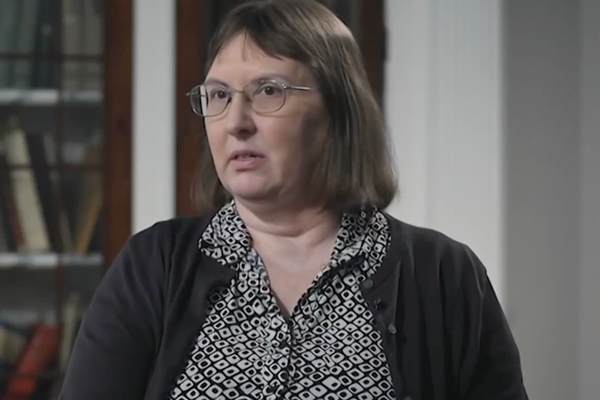Newcastle researchers have become the first to reveal the "armour" that hospital superbug C. difficile uses to protect itself from antibiotics.
The disease is now the most common superbug - and the new discoveries, including a stunning image of the bacteria's structure, give hope to scientists looking into how drugs could be developed to tackle its antibiotic resistance.
Working with scientists around the country, a Newcastle University team led by Dr Paula Salgado has used a imaging techniques called electron and X-ray crystallography to unveil a "close-knit yet flexible outer layer" to the bacteria which cause C. difficile - and they've likened it to chain mail.
Go here for the latest NHS news and breaking North East public health news
A paper has been published in the scientific journal Nature Communications - and in it, the researchers explain they have been able to explore the structure of the protein which protects the bacteria.
Dr Paula Salgado, a senior lecturer at Newcastle University, led the research. She said: "I started working on this structure more than 10 years ago, it’s been a long, hard journey but we got some really exciting results.
"Surprisingly, we found that the protein forming the outer layer, SlpA, packs very tightly, with very narrow openings that allow very few molecules to enter the cells. S-layers from other bacteria studied so far tend to have wider gaps, allowing bigger molecules to penetrate.
"This may explain the success of C. diff at defending itself against the antibiotics and immune system molecules sent to attack it."
She said the new research gave scientists a "target" as they looked to produce better treatments for C. difficile - which can cause diarrhoea and colitis in the first instance, but can also be lethal.
"Excitingly, it also opens the possibility of developing drugs that target the interactions that make up the chain mail. If we break these, we can create holes that allow drugs and immune system molecules to enter the cell and kill it."
With antibiotic resistance identified as one of the top 10 threats to global public health by the World Health Organisation - and C. difficile being resistant to all but three drugs - the scientists think the new discoveries can "allows the possibility of designing C. diff-specific drugs" to stop the illness in its tracks.
Dr Rob Fagan and Professor Per Bullough at the University of Sheffield carried out the electron crystallography work, while in Dr Salgado's Newcastle team, Paola Lanzoni-Mangutchi and Dr Anna Barwinska-Sendra played a key role in the X-ray process.
The team's work has now been illustrated by artist and science communicator Dr Lizah van der Aart.







